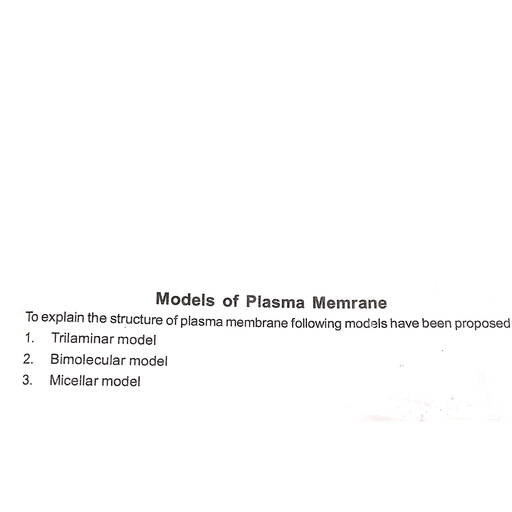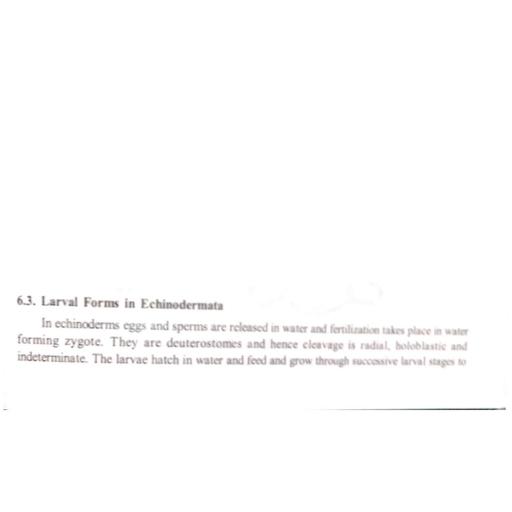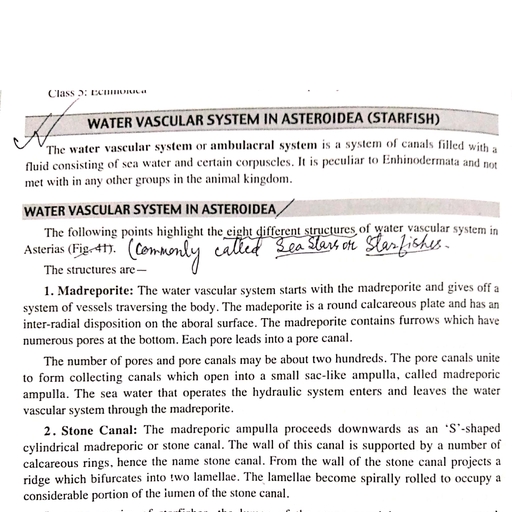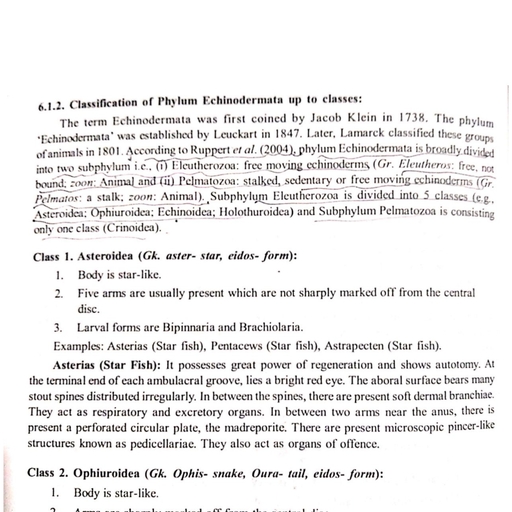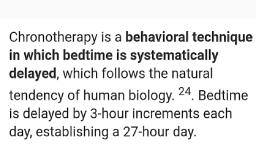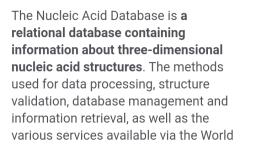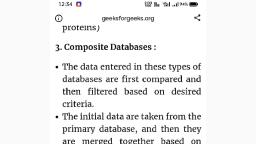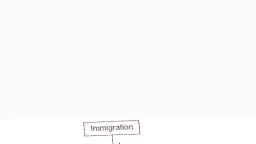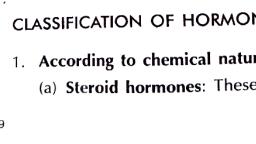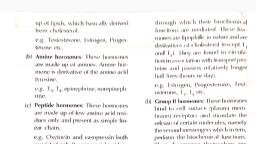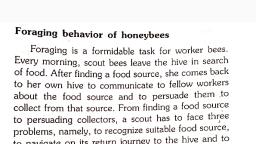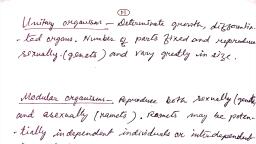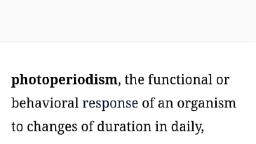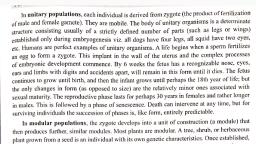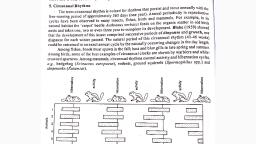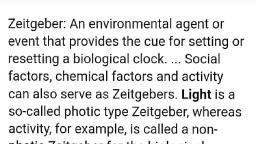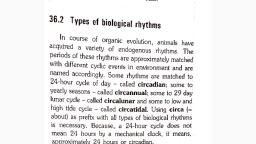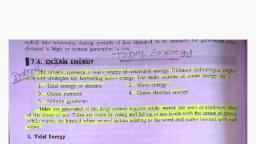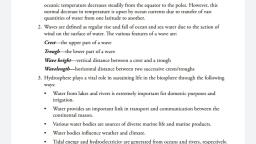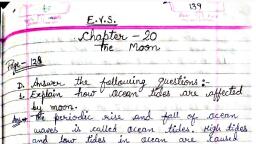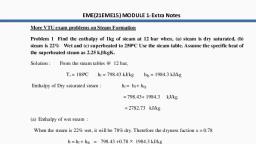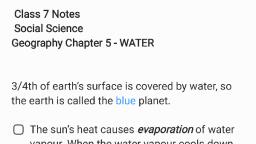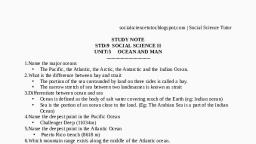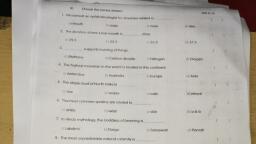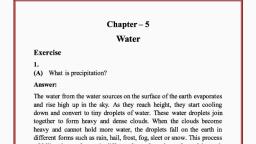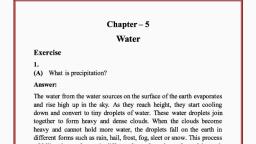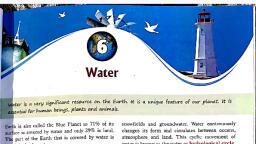Page 1 :
2. Circatidal Clocks (Tidal Rhythms) ., Lunar day is greater than solar day. It is of 24-8 hours and is due to the revolution of the, earth on its own ‘axis, but relative to the moon. The lunar day becomes 50 minutes longer, as, . moon rises 50 minutes late every day. |, Tides are sea water movements which are-caused by some astronomical facton i.e., due to, gravitational pull of moon and sun. They represent a rhythmic rise and fall of water level and, often waves of long wavelengths characterize the process. In a lunar day two tides oceur at, about 12-4 h difference. These two tidal floods may or may not be of the same height depending, on the position of moon in relation to earth-If the moon is at equator, the tides will be at the, same height but if it is north or south of the equator the height of the two tides will be unequal., Types of tides. Tides are of following three types:, 1. Diurnal tides. A diurnal tide is characterized by one high and one low tide per lunar, day, Such tides occur in the Gulf of Mexico. These tides result when moon revolves the earth, .» over the-equator., , 2. Semidiurnal tides. In this type of tides, one tidal height is greater than that of the other, tide. Such tides occur in Atlantic Ocean, North Sea and Indian Ocean. These tides are caused, when moon revolves the earth the north or south of the equator., , 3. Mixed tides. This type of tides is characterized by the occurrence of tides of unequal, strength in indefinite spatial and temporal pattern. Mixed tides occur in Pacific Ocean, Australian, Coasts, Carribbean and Arabian Seas. :, , Spring and neap tides. A lunar month is of 29-5 days. As a result of alignment of earth, moon., , and sun, two types of tides occur at two times in a lunar month. Spring tides are extreme tides and, occur when the earth, moon and sun come in a line (i.e., the gravitational pull of sun and moon work, together). Thus, spring tides occur two times in a lunar month—one at the time of new moon and, another at the full moon time. Likewise, weak neap tides occur at first and quarters of the month, , when positions of earth, moon and sun is set at right angles. In this case due to right angle arrangement , the gravitational pulls of the sun and moon work against each other., , Scanned with CamScanner
Page 2 :
piologica! vor eee eS, , intertid2 ae, esults in change of several types of environm, , ly, temperature, predation risks, etc,, A French scientist, Charles Bohn (1903,, Convoluta rescoffensis, an intertidal flat worm, Furt!, by MK, Chandrashekaran, F.H. Bornwell and, Examples. Clear-cut examples of tide-e, conditions are the vertical migration cycles in, , submerged by water and exposed to air, This, ental factors such as Pressure, salinity, food, supP', 1904) first described tidal periodicity in, her studies on tidal thythms were performed, H.W. Honegger,, , ntrained cycles which persist under laboratory, , sand-dwelling platyhelminthes., . f 4 polychaetes and, diatoms, expansion and contraction thythms In sea anemones, filteration rates in bivalve molluscs, , and swimming activity in fish. In an experiment of Palmer (1973), shore crabs (Carcinus maenas), were raised in the laboratory from eggs to adulthood under a day-night regime without tidal, influences. These crabs showed only a circadian rhythm of activity. However, a tidal rhythm, appeared after the crabs were given a cold-shock treatment. It seemed that the endogenous tidal, clock had been dormant until started by the cold shock., , Similar phenomena occur in the tidal thythms of other crabs, Fiddler crab (Uca) show, tidal rhythm of activity that may persist for up to five weeks under constant laboratory conditions., , The crabs emerge from their burrows at low tide and actively forage, court, etc. As the tide, floods, they retreat back into their burrows., , 3, Lunar Rhythms (Circalunar Clocks), , The lunar cycle of 29-5 days is known to influence a variety of aspects of animal behaviour., In these cases behaviour is said to show circalunar or circasynodic periodicity. Such circalunar, cycles are common among marine invertebrates and insects., , 1. Inthe annelid palolo worm (Eunice virids) of the Pacific Ocean (i.e., Polynesian Islands),, reproductive activity occurs only during neap tides of the last quarter moon in October and, November. The palolo worms live in tunnels in the coral reef and their posterior parts, containing, the genital organs, become detached from the anterior parts, swim to surface of the water, where, they swarm and release eggs and sperms. This swarming phenomenon occurs seven to nine days, , _ after full moon. Fertilization occurs in the midst of this swarm of gametes and new individuals, , _ formed return to the coral reef below after a few days of development. The palolo worms provide, abundant food for sharks and other fish, but by synchronizing their reproductive activity the, worms are able to overwhelm these predators and a proportion of the gametes are always able, to survive. :, , 2. Likewise, the Mediterranean polychaete Platynereis dumerlii, an inhabitant of sea, bottom, transforms into its sexual phase (heteronereis) and swarms at the sea surface in synchrony, with the full moon. The people on the Fiji Islands know when these annelid worms swarm; they, consider them delicacies and they catch them with nets to eat at feasts. Platynereis perform, their swarming activity during the days around the new moon and during swarming _ouns, telease their gametes and then die. Such a lunar periodicity of these worms can be maintained, under constant laboratory conditions although it appears to be labile to several zeitgebers such, as light., , The California grunion (Leuresthes tenuis) isa small fish that seasonally spawns three, ot four days after a new or full moon, a time corresponding to the highest tides of the month., One to three hours after the tides begin to recede, the females, hotly pursued by the males, ride, to the b ir tails in the sand and deposit their eggs a few centimetres below the, , each, bury their tai va les encircle her and release, wtface, While a female is depositing A eee aia Reet BeeyeA fish return to the, Perm, which wn the wet side of the female :, °cean on the nettlees ofa high wave. The buried eggs ae thus protected from the dangers of, © sea until the next spring tide, a month later, brings high seas to carry ., , Scanned with CamScanner
